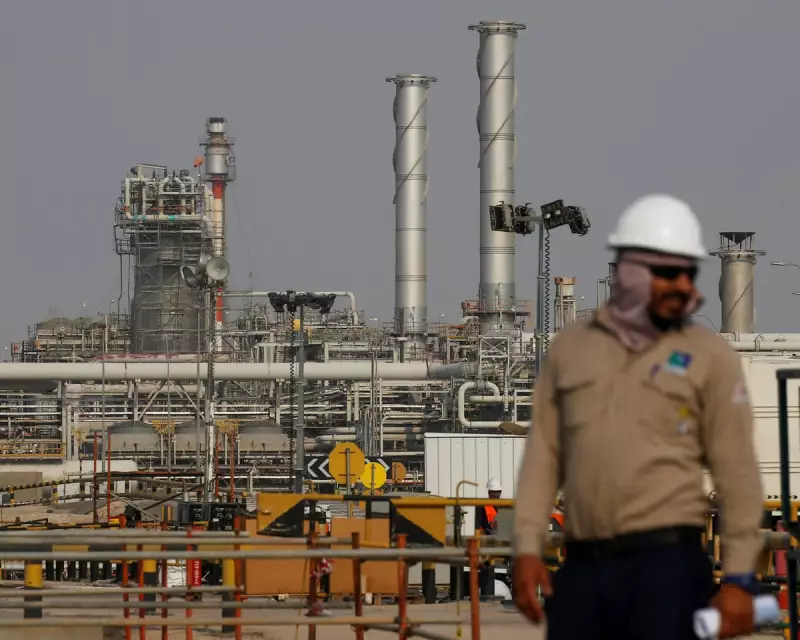
Billions in Climate Finance Misdirected, Investigation Finds
A major investigation by The Guardian and Carbon Brief has uncovered significant flaws in the global distribution of climate finance, revealing that wealthy petrostates and major economies are receiving billions intended to help developing nations fight climate change. The analysis of previously unreported UN submissions and OECD data shows that while a system to shift capital from rich polluters to vulnerable countries exists, it is often skewed by political interests rather than directed to where it is most critically needed.
Loans Over Grants for World's Poorest
The investigation found that just a fifth of climate funding in 2021 and 2022 reached the world's 44 poorest nations, known as the Least Developed Countries (LDCs). Alarmingly, much of this assistance came in the form of loans rather than grants, pushing already debt-distressed governments further into financial peril. Some LDCs, including Bangladesh and Angola, received over 95% of their climate finance as loans.
This situation is exacerbating a growing debt crisis. Data from the World Bank shows that over the same period, LDCs together repaid almost $91.3 billion in external debts – a sum three times larger than their climate finance budgets.
Wealthy Nations and Petrostates as Recipients
Controversially, the analysis identified that vast sums of climate finance were directed to countries with significant wealth or high emissions. The United Arab Emirates, a major fossil fuel exporter with a GDP per capita comparable to France, received more than $1 billion in climate loans from Japan. These funds supported projects such as a $625 million offshore electricity transmission line in Abu Dhabi and a $452 million waste incinerator in Dubai.
Similarly, Saudi Arabia, one of the world's top ten carbon emitters, was a recipient of approximately $328 million in Japanese loans, including $250 million for its electricity company and $78 million for a solar farm. China, the world's second-largest economy, received around $3 billion, predominantly from multilateral banks.
Joe Thwaites, a climate finance advocate at the Natural Resources Defense Council, emphasised that this funding is not charity but a strategic investment addressing root causes of global crises, from supply chain disruptions to forced migration.
A System in Need of Urgent Reform
The $100 billion annual climate finance pledge made by developed nations in 2009 was only met in 2022, and its distribution lacks central oversight, leaving it subject to the discretion and political interests of individual donor countries. This has resulted in a perverse outcome where upper middle-income and wealthy nations benefit alongside the most vulnerable.
Sarah Colenbrander, climate director at the Overseas Development Institute, labelled the current UN country classifications as absurd, noting they allow wealthy nations with large carbon footprints like Israel, Korea, and the UAE to shirk their international responsibilities by remaining in the same category as impoverished nations.
A spokesperson for UN Climate Change stated that the revealed inequities highlight why a shift in the global financial system is urgently needed, calling for climate finance that is accessible, affordable, and fair. With the $100 billion target being replaced by a new goal of $300 billion a year by 2035, there is a growing consensus that the system must be reformed to prioritise grants and concessional loans for the most vulnerable nations.





